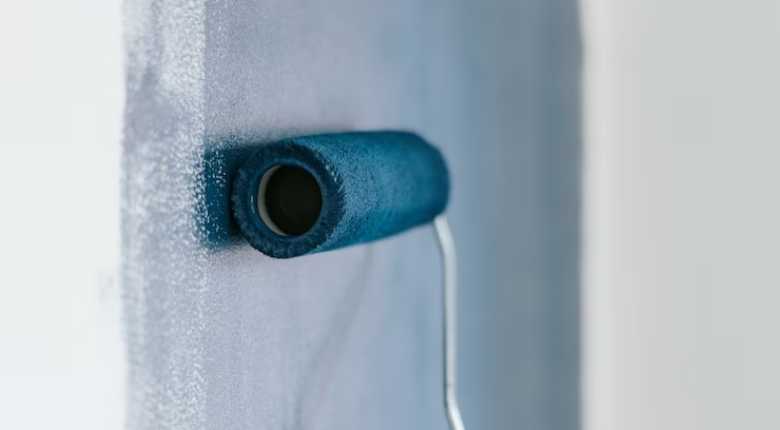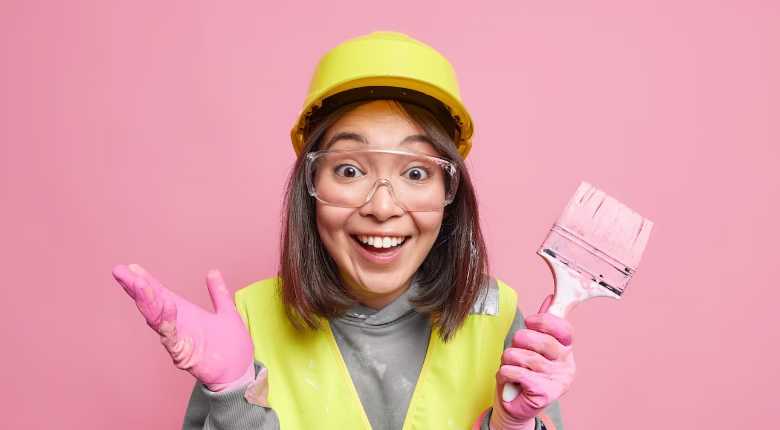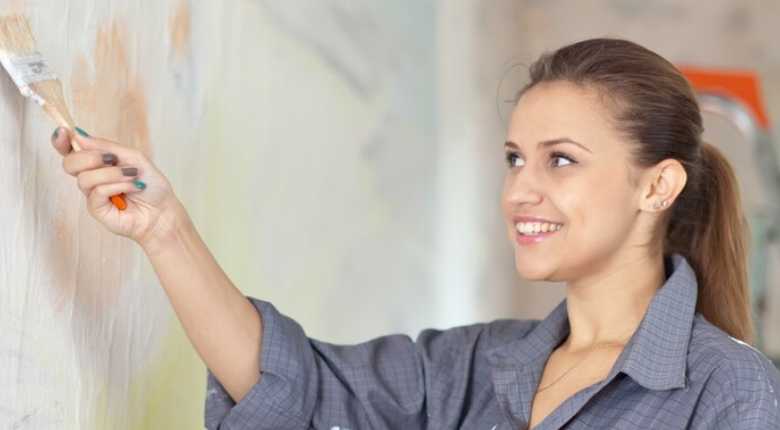Menu

Bubbling paint is a common issue that many homeowners experience, and various factors, such as moisture, improper surface preparation, application errors, or low-quality paint, can cause it. If left untreated, it can lead to more significant issues like mold or peeling paint. In this blog post, we’ll discuss the causes of bubbling paint and provide solutions for fixing it. Whether you’re planning to fix it yourself or hire professional painters in West Hartford, CT, this post will provide valuable tips to help you tackle this problem.
Paint bubbling is a common issue that homeowners face, but the causes may vary. Here are some of the common reasons why paint may bubble:
Excess moisture is one of the most common causes of paint bubbling. Moisture can seep through the walls and cause the paint to lose its adhesion, resulting in bubbles. This can happen due to leaks, high humidity levels, or condensation.
If the surface was not cleaned or prepared correctly before painting, it could result in bubbles. Paint can’t stick to dirty, oily, or dusty surfaces, and the paint film can separate from the wall, resulting in bubbles.
Poor application techniques like overbrushing or using the wrong roller can also cause bubbles. If the paint is applied too thick or too thin, it can cause bubbles. Painting in high humidity or low temperatures can also result in bubbles.
Using low-quality paint can cause it to bubble. Cheap paints may have low adhesion properties and may peel off the wall, resulting in bubbles.

Once you’ve identified the cause of bubbling paint, it’s time to fix it. Here are the steps to follow:
If the bubbling is caused by excess moisture, the source of the moisture must be identified and fixed. For instance, if it’s due to a leaking pipe, you must fix it before repairing the wall.
Use a scraper or putty knife to remove the bubbled paint. Scrape gently to avoid damaging the surface. Make sure to remove all the paint that has lost its adhesion.
Sand the surface using fine-grit sandpaper to smooth out the surface. Make sure to remove any loose particles and dust.
Use a spackling compound or joint compound to fill in the affected areas. Apply it evenly, and make sure it’s level with the surrounding area.
After the spackling compound has dried, sand the surface again to smooth it out. Once you’re done, prime the surface with a good-quality primer to ensure the paint adheres correctly.
Finally, repaint the surface with high-quality paint suitable for the surface. Apply the paint in thin, even coats, and follow the manufacturer’s instructions.
To ensure that the paint adheres properly, the surface must be cleaned and prepared properly. First, remove any loose or peeling paint using a scraper or sandpaper. Next, clean the surface using a mixture of water and mild detergent. Rinse the surface with clean water and let it dry. Finally, sand the surface using fine-grit sandpaper to create a rough surface to which the paint can adhere.
Using high-quality paint can prevent bubbling and ensure that your walls look good for a long time. High-quality paint has better adhesion properties and can withstand moisture and temperature changes. When choosing paint, make sure to read the label and choose a paint that’s suitable for the surface you’re painting. If you’re not sure, ask a professional painter for advice.
Avoid painting in high humidity or low temperatures, as this can affect the drying process and cause bubbles to form. The ideal temperature for painting is between 50 and 85 degrees Fahrenheit, with a humidity level of less than 50 percent. Also, ensure the room is well-ventilated, and the paint dries properly.
Fixing any leaks or moisture issues before painting can prevent bubbling. Moisture can seep through the walls and cause the paint to lose its adhesion, resulting in bubbles. If there are any water stains on the wall, it’s best to fix the issue before painting. Check for roof, windows, or plumbing leaks, and fix any issues before painting.

If you’re experiencing bubbling paint or any other painting issues, professional painters in Hartford, CT, can help. Here are some ways they can assist you:
Professional painters in West Hartford, CT, can inspect and assess the damage caused by bubbling paint. They can determine the underlying cause and recommend the best solution.
Professional painters have the expertise and tools to prepare the surface properly before painting. They can remove any loose or peeling paint, clean the surface thoroughly, and sand it to create a rough surface to which the paint can adhere.
Professional painters can help you choose the right paint, primer, and other products for your painting job. They can recommend products suitable for the surface you’re painting and the conditions in your home.
Professional painters have the skills and techniques to apply the paint evenly and smoothly. They can apply the paint in thin coats to prevent bubbles and other issues.
Professional painters will clean up the area after the painting job is complete. They will remove paint cans, brushes, or other materials and keep your home clean and tidy.
If you’re uncomfortable fixing the bubbling paint yourself, you can hire professional painters in Hartford, CT. Here are some tips for finding and hiring the right painters:
Do your research and find a few reputable painters in the area. Look at their online reviews and ratings to ensure a good reputation.
Ask your friends and family for referrals. They might know a good painter in the area.
Contact a few painters and ask for quotes. Compare the prices and services offered to find the best one that fits your budget.
Make sure to ask if the painter has insurance to cover any damages that may occur during the painting process.
Make sure to ask about the experience and certifications of the painter. Ask if they have experience in fixing bubbling paint and if they’re certified to do the job.
Review the contract before signing it. Make sure all the details are included, such as the price, services offered, and the expected completion date.
Bubbling paint is a common issue caused by moisture, improper surface preparation, application errors, or low-quality paint. If you’re looking to fix it yourself, follow our outlined steps. However, if you’re uncomfortable doing it yourself, consider hiring professional painters in Hartford, CT.
When looking for painters in Hartford, CT, research, ask for referrals, get quotes, check for insurance, and ask about experience and certifications. With the right painter, you can know that the job will be done correctly.
At West Hartford House Painting Experts, we’re committed to providing high-quality painting services to our clients. If you’re experiencing bubbling paint, don’t hesitate to contact us. We’ll happily provide a free quote and help you fix the problem.

Welcome to West Hartford House Painting Experts. We believe that we are the highest quality painting company in this community and we provide excellent customer service!